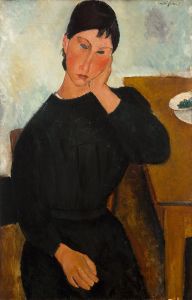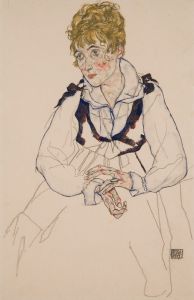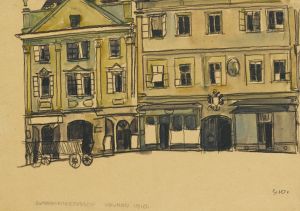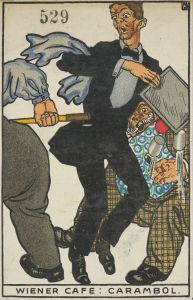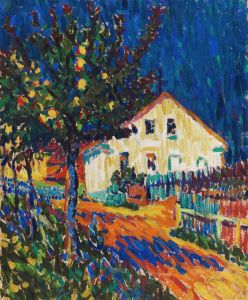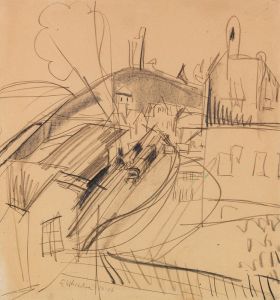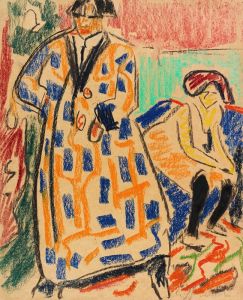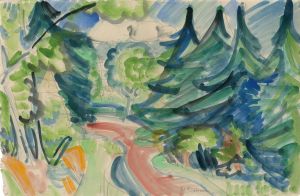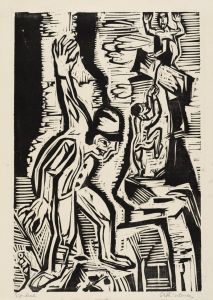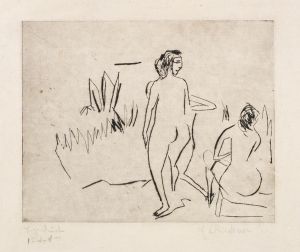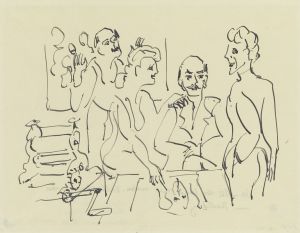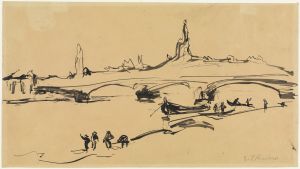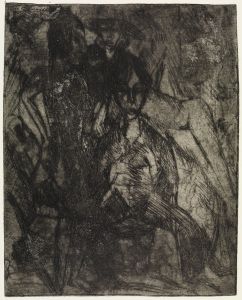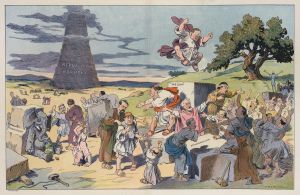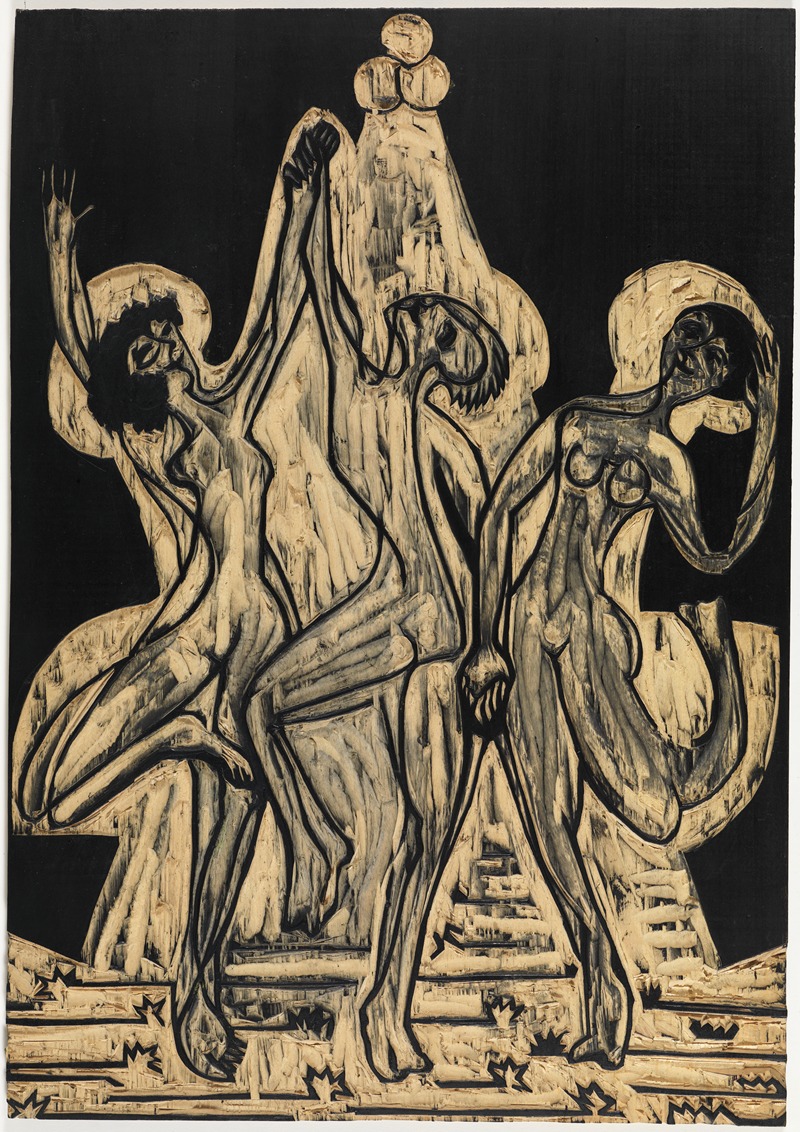
Farbentanz, Zeichnungsstock
A hand-painted replica of Ernst Ludwig Kirchner’s masterpiece Farbentanz, Zeichnungsstock, meticulously crafted by professional artists to capture the true essence of the original. Each piece is created with museum-quality canvas and rare mineral pigments, carefully painted by experienced artists with delicate brushstrokes and rich, layered colors to perfectly recreate the texture of the original artwork. Unlike machine-printed reproductions, this hand-painted version brings the painting to life, infused with the artist’s emotions and skill in every stroke. Whether for personal collection or home decoration, it instantly elevates the artistic atmosphere of any space.
Ernst Ludwig Kirchner was a prominent German expressionist painter and one of the founding members of the artist group Die Brücke (The Bridge), which played a crucial role in the development of modern art in the early 20th century. Kirchner's work is characterized by its bold use of color, dynamic compositions, and a focus on the human figure, often exploring themes of modernity and urban life.
"Farbentanz, Zeichnungsstock" is one of Kirchner's works that exemplifies his distinctive style. The title can be translated to "Color Dance, Drawing Stick," suggesting a vibrant interplay of colors and forms. Kirchner's art often reflects his interest in movement and the human body, and this piece is no exception. The use of "Farbentanz" indicates a lively, almost rhythmic arrangement of colors, which is a hallmark of Kirchner's expressionist approach.
Kirchner's work was heavily influenced by the rapid changes in society during his lifetime, including the industrialization of cities and the shifting cultural landscape of Germany. His art often captures the tension and energy of urban life, and "Farbentanz, Zeichnungsstock" likely embodies these themes through its dynamic composition and vivid palette.
Throughout his career, Kirchner was deeply influenced by non-European art forms, particularly African and Oceanic art, which he encountered through ethnographic museums and collections. This influence is evident in his stylized figures and the abstracted forms that populate his canvases. In "Farbentanz, Zeichnungsstock," one might observe these influences in the way figures are rendered with exaggerated features and simplified forms, emphasizing emotional expression over realistic representation.
Kirchner's work was not only a response to the external world but also a reflection of his internal struggles. He experienced significant psychological challenges throughout his life, which were exacerbated by his experiences during World War I. These personal difficulties often found expression in his art, adding a layer of emotional depth and complexity to his pieces.
The historical context of Kirchner's work is essential to understanding its significance. As a member of Die Brücke, Kirchner sought to bridge the gap between traditional academic art and the new, more radical forms of expression that were emerging in the early 20th century. The group aimed to create a new artistic language that could convey the realities of modern life, and Kirchner's contributions were pivotal in achieving this goal.
"Farbentanz, Zeichnungsstock" is a testament to Kirchner's innovative spirit and his commitment to exploring the possibilities of color and form. His work continues to be celebrated for its boldness and its ability to capture the essence of a rapidly changing world. Kirchner's legacy is evident in the continued appreciation of expressionist art and its influence on subsequent generations of artists.
In summary, "Farbentanz, Zeichnungsstock" by Ernst Ludwig Kirchner is a vibrant example of expressionist art that reflects the artist's unique style and the broader cultural and historical context of early 20th-century Germany. Through its dynamic use of color and form, the piece encapsulates Kirchner's artistic vision and his contributions to the development of modern art.





